Bulbs
Flower Basics
Flower Beds & Specialty Gardens
Flower Garden
Garden Furniture
Garden Gnomes
Garden Seeds
Garden Sheds
Garden Statues
Garden Tools & Supplies
Gardening Basics
Green & Organic
Groundcovers & Vines
Growing Annuals
Growing Basil
Growing Beans
Growing Berries
Growing Blueberries
Growing Cactus
Growing Corn
Growing Cotton
Growing Edibles
Growing Flowers
Growing Garlic
Growing Grapes
Growing Grass
Growing Herbs
Growing Jasmine
Growing Mint
Growing Mushrooms
Orchids
Growing Peanuts
Growing Perennials
Growing Plants
Growing Rosemary
Growing Roses
Growing Strawberries
Growing Sunflowers
Growing Thyme
Growing Tomatoes
Growing Tulips
Growing Vegetables
Herb Basics
Herb Garden
Indoor Growing
Landscaping Basics
Landscaping Patios
Landscaping Plants
Landscaping Shrubs
Landscaping Trees
Landscaping Walks & Pathways
Lawn Basics
Lawn Maintenance
Lawn Mowers
Lawn Ornaments
Lawn Planting
Lawn Tools
Outdoor Growing
Overall Landscape Planning
Pests, Weeds & Problems
Plant Basics
Rock Garden
Rose Garden
Shrubs
Soil
Specialty Gardens
Trees
Vegetable Garden
Yard Maintenance
How to Identify Shrews, Moles & Voles
How to Identify Shrews, Moles & Voles. Although easily mistaken for each other, there are practical differences between moles, shrews and voles. While voles can sometimes damage gardens by gnawing the bark off trees and eating tubers like potatoes and carrots, moles and shrews are actually beneficial, hunting pest insects and aerating the soil....
Although easily mistaken for each other, there are practical differences between moles, shrews and voles. While voles can sometimes damage gardens by gnawing the bark off trees and eating tubers like potatoes and carrots, moles and shrews are actually beneficial, hunting pest insects and aerating the soil. Distinguishing between these species can help a gardener make informed pest control decisions.
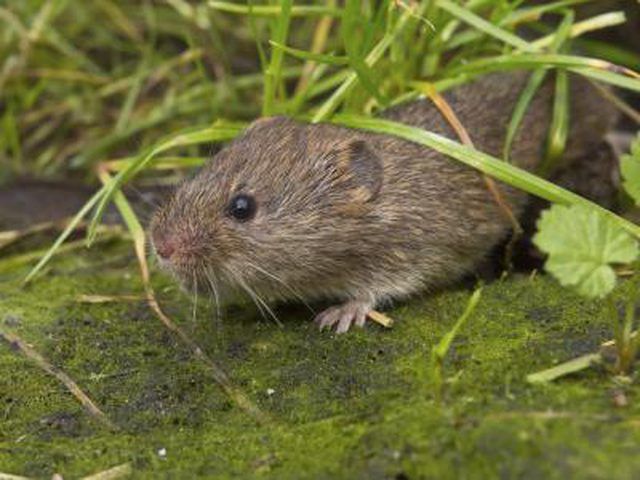
Step 1
Is the animal in question furry? If not, then it mostly likely isn't a mole, vole or shrew. A handful of exceptions exist, such as the naked mole rat of the East Africa, but these species are rarely found in front yards and gardens.
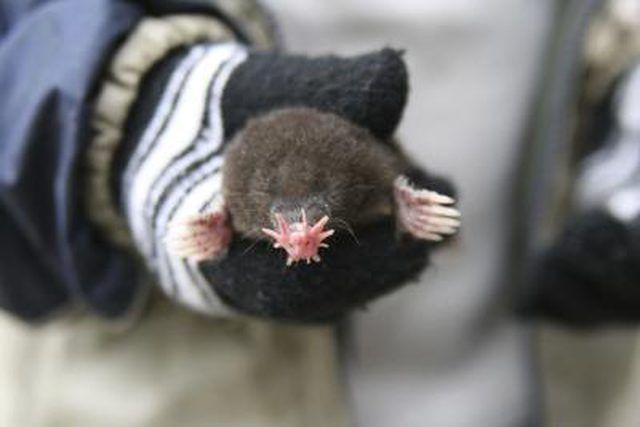
Step 2
Is it under a foot in length? The world's largest mole is the Russian desman, a mere 8 inches long, while the largest vole reaches just over 9 inches. All species of shrew are considerably smaller.
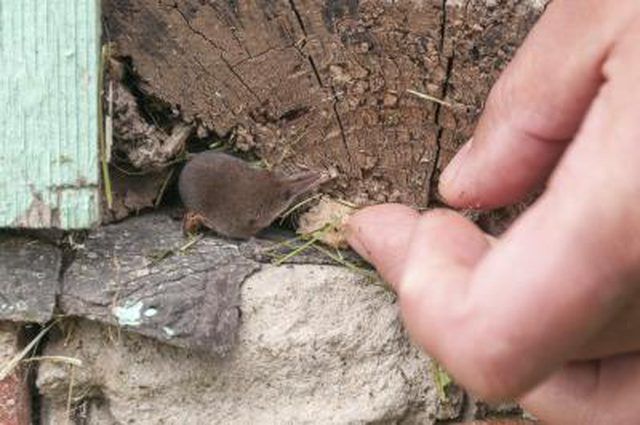
Step 3
Does it live in a tunnel? If not, then it may be a mouse, squirrel or other woodland mammal. Moles, voles and shrews live primarily underground and rarely, if ever, emerge from their holes.

Step 4
Is it a mole? If its front paws are two to three times thicker than its hind paws, then yes. Generally, moles span 5 to 7 inches from snout to tail.
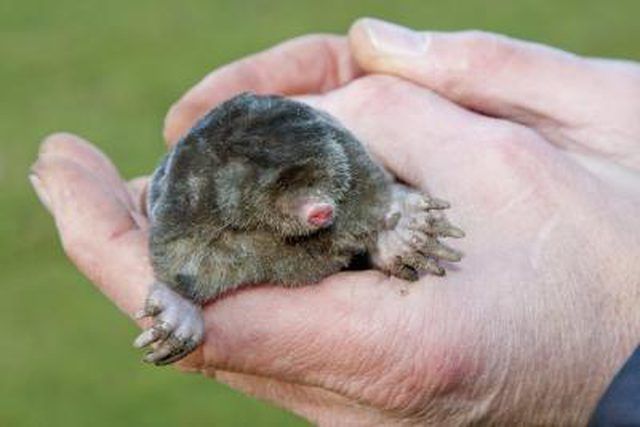
Step 5
Is it a vole? Like moles, mature voles are generally 5 to 7 inches from snout to tail, though some may grow slightly larger. However, they can be distinguished from moles by their front paws, which are roughly the same size as their hind paws.
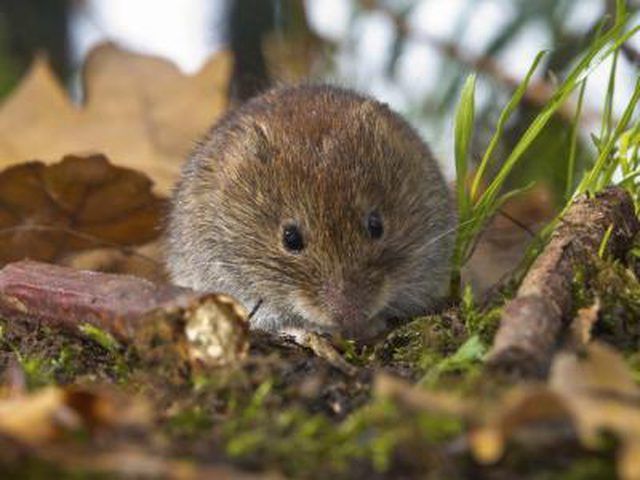
Step 6
Is it a shrew? If its front and hind paws are roughly the same size and it is only 4 to 5 inches in length, then you have a shrew. Remember, however, that shrews live underground. Otherwise, they may be easily confused for mice.
